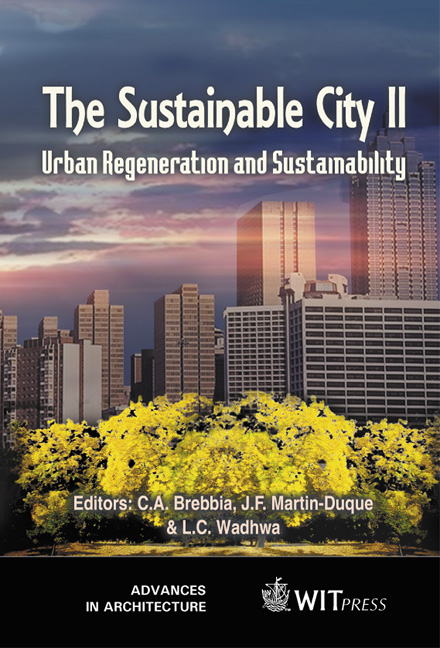Popular Restaurants: Brazilian Urban Experience On Fighting Against Hunger And Strengthening Civil Rights
Price
Free (open access)
Transaction
Volume
54
Pages
Published
2002
Size
673 kb
Paper DOI
10.2495/URS020701
Copyright
WIT Press
Author(s)
M R Nabuco & M J Pessôa
Abstract
During the Nineties, due to the victory of a progressive party, Belo Horizonte Municipality, Brazil, had the initiative of opening \“popular restaurants”, as a priority of the Policy Against Hunger and Pro-Food Security. This public policy is now being multiplied by the introduction of the same program in many Brazilian Metropolitan Areas. This article analyses this successful urban practice, emphasising its aspects of social efficacy in struggling against hunger and malnutrition, and also increasing democracy and social participation. The basic assumption of this work is that Food Security is a basic civil \“right” in all its aspects. Besides presenting the mechanisms of the working process and technology at \“popular restaurants”, this article also measures the results of an adequate diet in improving the health of local poor population. 1. Popular Restaurants from the 40’s to the 60’s In big urban centers in Brazil, specially after World War II, it was feared the possibility of food scarcity, strengthened by the population growth brought mainly by the fast urbanization processes. Besides, strong speculation by merchants on food trade brought to the Government strong concerns about measures to rationalize the flow of trade (warehouses), restrict food exports and fight price increases (Linhares and Teixeira Da Silva [1]). Starvation and nutritional precariousness were then denounced by Castro [2], who attributed it to the fact that Brazil was unable to produce its own foodstuff, also being limited the people’s ability to buy it. The author advocated land reform and changes in the food commercialization circuits, through sweeping away what he called \“the starvation industry”.
Keywords





